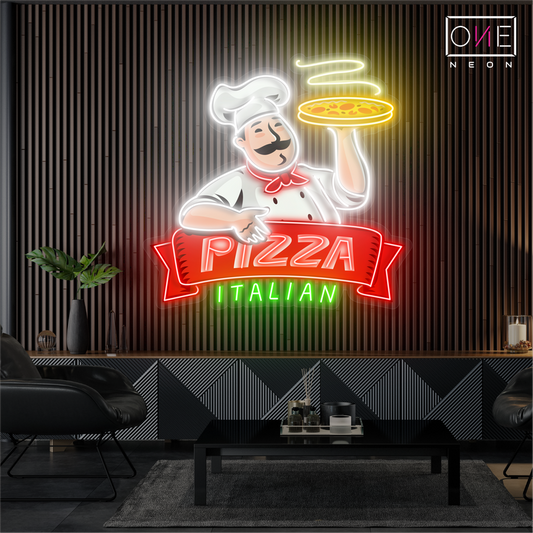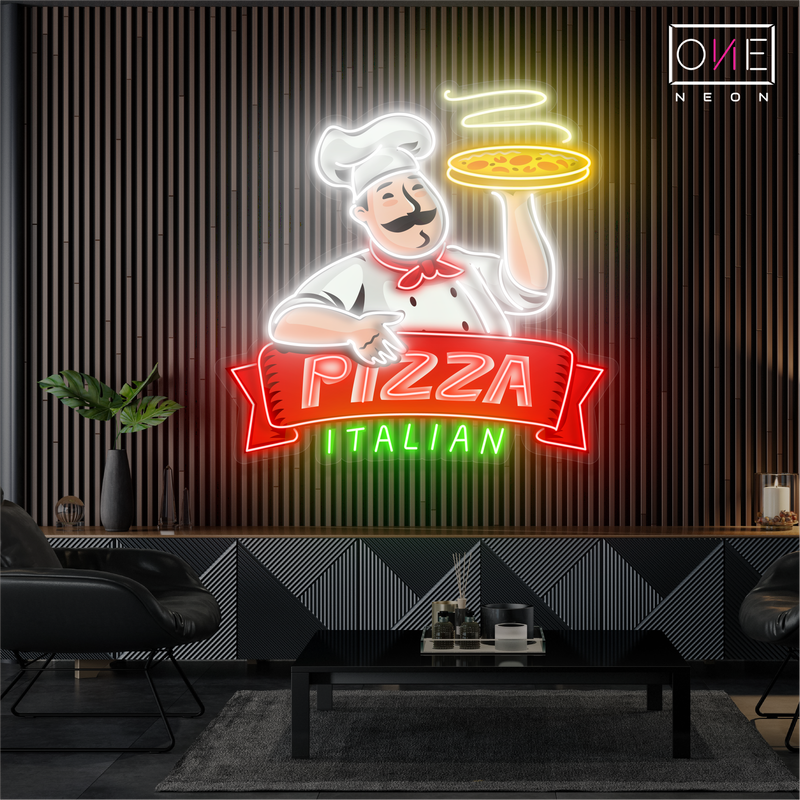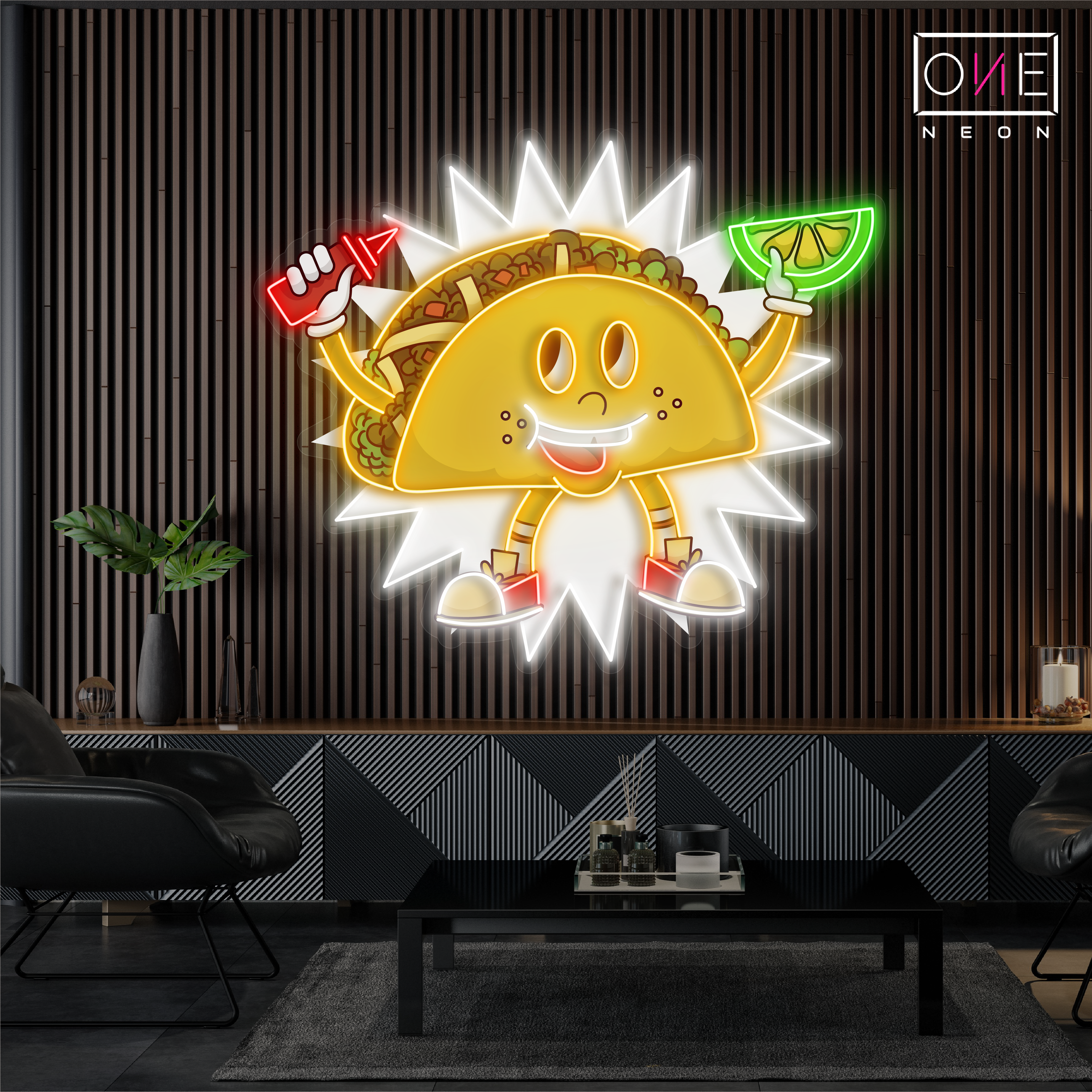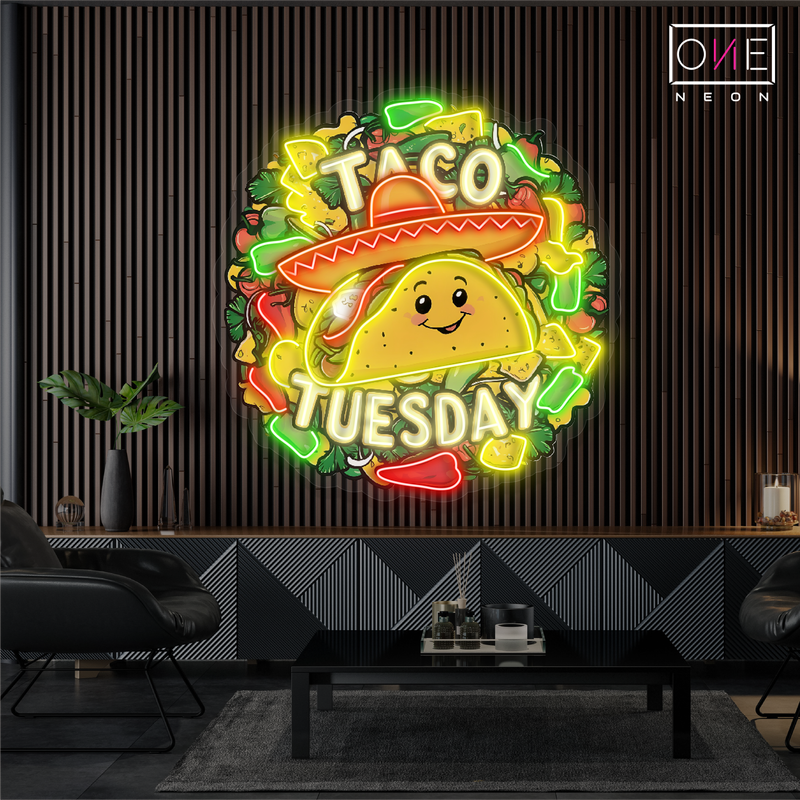When comparing LED neon lights with traditional glass neon lights, several key factors come into play, including design flexibility, durability, energy efficiency, safety, maintenance, and cost. Here’s a breakdown of the differences:

1. Design Flexibility
- LED Neon Lights: LED neon lights offer greater flexibility in design. They can be easily shaped into intricate patterns and letters, making them ideal for custom signage. They also come in a wide range of colors and can be programmed to change colors or display animations.
- Traditional Glass Neon Lights: Glass neon lights are more limited in design flexibility due to the rigidity of the glass tubes. Creating detailed or complex shapes requires more skill and is often more costly. They also offer fewer color options since each color requires a different gas or coated glass.
2. Durability and Safety
- LED Neon Lights: LED neon lights are more durable and less prone to breakage as they are made from flexible materials like silicone or PVC. They are also safer because they operate at lower voltages, reducing the risk of electrical hazards.
- Traditional Glass Neon Lights: Glass neon lights are fragile and can break easily if not handled carefully. They operate at higher voltages, which can pose safety risks, especially if the glass tubes are damaged or exposed.
3. Energy Efficiency
- LED Neon Lights: LED neon lights are highly energy-efficient, consuming up to 80-90% less power than traditional neon lights. This efficiency results in lower operating costs and makes them more environmentally friendly.
- Traditional Glass Neon Lights: Glass neon lights consume significantly more power due to the need to ionize gases within the tubes, leading to higher energy consumption and operating costs.
4. Maintenance and Lifespan
- LED Neon Lights: LED neon lights have a longer lifespan, often lasting over 50,000 hours. They require minimal maintenance since they don’t have gases that can leak or glass that can break.
- Traditional Glass Neon Lights: Glass neon lights typically have a shorter lifespan, often requiring maintenance or repairs due to gas leaks, glass breakage, or electrical issues.
5. Brightness and Color
- LED Neon Lights: LED neon lights offer consistent brightness and a wide range of colors, including the ability to change colors dynamically. They provide a uniform light output that doesn’t dim over time.
- Traditional Glass Neon Lights: Glass neon lights produce a warm, nostalgic glow that many find appealing. However, their brightness can diminish over time as the gases within the tubes degrade.
6. Cost
- LED Neon Lights: Initially, LED neon lights can be more expensive due to the technology involved. However, their lower energy consumption and reduced maintenance costs make them more cost-effective in the long run.
- Traditional Glass Neon Lights: Glass neon lights are often cheaper upfront, but their higher energy use and maintenance needs can lead to higher costs over time.
Conclusion
LED neon lights are generally more versatile, durable, and energy-efficient compared to traditional glass neon lights. They offer lower long-term costs due to reduced energy use and maintenance needs, making them a popular choice for modern signage. However, for those seeking a classic, vintage look with a warm glow, traditional glass neon lights remain a viable option.















